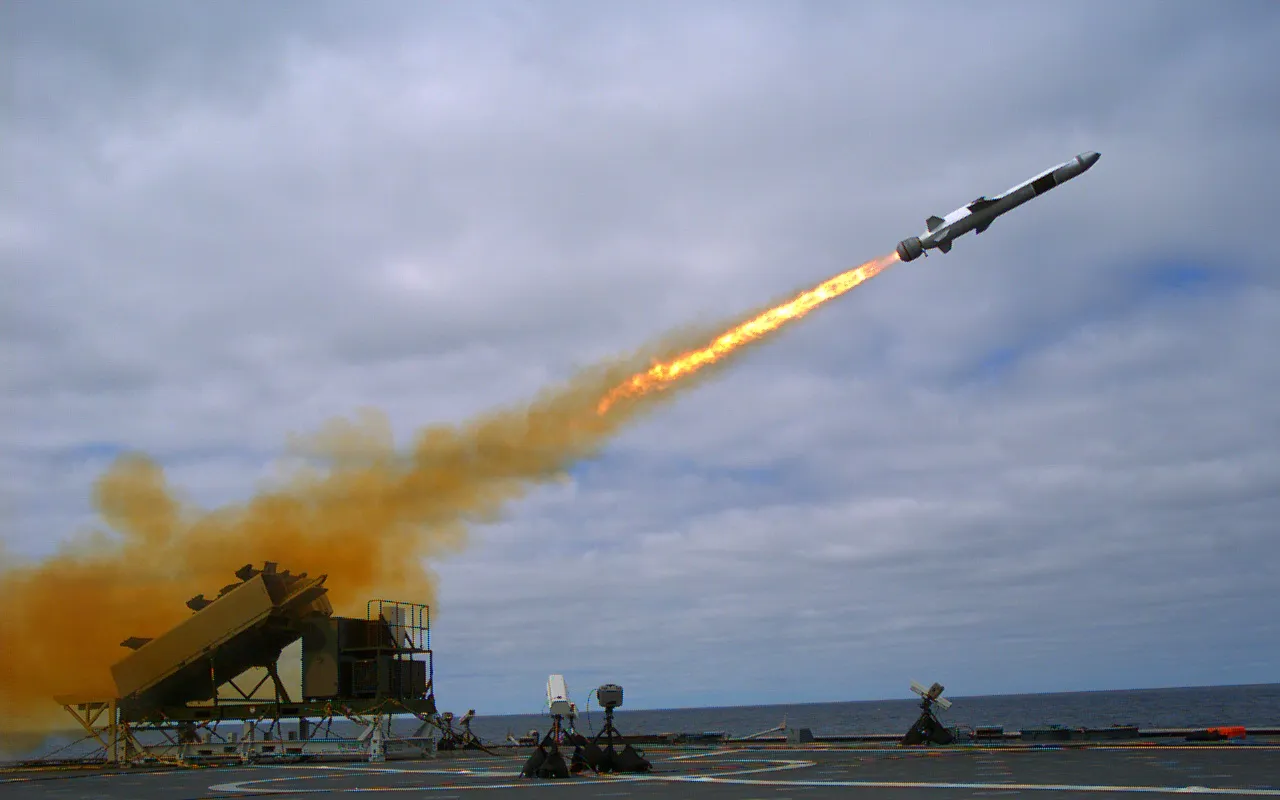
As the U.S. Army accelerates its modernization efforts to enhance lethality, speed, and decision-making superiority, the Precision Strike Missile (PrSM) program has emerged as a cornerstone of its next-generation long-range fires capability. Developed by Lockheed Martin, PrSM is set to replace the aging Army Tactical Missile System (ATACMS) with an advanced weapon offering extended range, improved precision, and enhanced platform flexibility. More than just a missile, PrSM represents a landmark in industrial transformation—leveraging digital engineering, automation, and global collaboration to deliver cutting-edge capability at unprecedented speed.
Manufacturing at the Speed of Innovation
In July 2025, the U.S. Army granted Milestone C approval for the PrSM program, authorizing full-rate production and operational deployment. This milestone came shortly after Lockheed Martin secured a $4.94 billion production contract to scale up from prototypes to high-volume manufacturing. The company has already begun delivering Early Operational Capability (EOC) missiles, while aiming to reach an annual production rate of approximately 400 units to meet Army and allied demand.
Lockheed Martin’s production approach marks a significant leap forward in industrial innovation. By integrating model-based design, digital twin technology, and a data-centric manufacturing ecosystem, the company is redefining how precision munitions are designed, built, and deployed. These technologies allow engineers to perform real-time design validation, simulation-based testing, and predictive maintenance—streamlining workflows and reducing risks. Automated systems ensure consistent quality control, while digital integration connects suppliers, production teams, and field operators through a shared data network.
This modernization also reflects the company’s broader push toward efficiency and agility. The use of automation across the PrSM line reduces production time, minimizes human error, and enables flexible scaling to meet demand surges—all while maintaining the reliability and safety that defense systems require.
Innovation, Agility, and Cross-Functional Integration
PrSM is central to the Army’s Long-Range Precision Fires (LRPF) modernization priority, which seeks to provide overmatch in future multi-domain operations spanning land, air, sea, cyber, and space. The program benefits from the close collaboration of Army Futures Command, cross-functional teams, and Lockheed Martin’s advanced manufacturing divisions—breaking down silos between research, testing, and sustainment.
The Army’s Project Convergence initiative plays a key role in this integration, combining feedback loops from soldiers, technologists, and engineers to refine designs faster. Rapid prototyping and iterative testing cycles ensure that field feedback directly informs development. Joint military exercises such as Valiant Shield and Talisman Sabre have also been critical to testing and validating operational performance. These real-world demonstrations prove PrSM’s readiness while strengthening collaboration between the U.S. and allied forces.
Global Partnerships and Industrial Expansion
Lockheed Martin’s PrSM program extends beyond U.S. borders, reflecting a growing trend toward multinational defense integration. In July 2025, Australia achieved its first successful PrSM live-fire strike at the Mount Bundey Training Area—striking a target over 300 kilometers away, two years ahead of schedule. This achievement underscores not only the missile’s effectiveness but also the strength of U.S.-Australian defense cooperation.
The two nations signed a Memorandum of Understanding (MoU) to explore joint development, sustainment, and technology sharing. The agreement positions PrSM as a model of allied interoperability, enabling both countries to synchronize logistics, training, and production standards. Such international collaboration enhances industrial resilience and ensures that the global supply chain supporting advanced munitions remains adaptive to emerging challenges.
Testing for Readiness and Operational Relevance
The path to full-rate production has been defined by rigorous testing and validation across multiple domains. Notable milestones include:
• June 2024 – Moving Maritime Target Engagement: During the Valiant Shield exercise, PrSM demonstrated its ability to engage moving sea targets—showcasing its advanced guidance and precision tracking.
• December 2024 – Soldier-Led Limited User Test: Soldiers took direct control of PrSM systems for the first time, offering crucial user insights and validating ease of operation and effectiveness.
• April 2025 – Production Qualification Test: Conducted with production-grade components to verify performance consistency and system reliability.
• July 2025 – Australian Live-Fire Test: Confirmed interoperability and operational capability in a multinational environment.
Each test served as a building block toward operational readiness, ensuring that PrSM not only meets technical specifications but also fulfills real-world combat requirements.
Future Variants: Extending Range and Precision
While the baseline PrSM currently boasts a range exceeding 400 kilometers, Lockheed Martin and the Army are already working on future increments that aim to double that distance. Upcoming variants will integrate advanced seekers capable of engaging moving and maritime targets, as well as new payloads for enhanced versatility. These developments will extend PrSM’s operational reach well beyond 1,000 kilometers, providing commanders with greater flexibility and precision in complex, contested environments.
To achieve these goals, Lockheed Martin relies on a responsive industrial network and digital engineering principles that enable continuous innovation. Agile development methods and modular designs ensure that enhancements can be integrated swiftly, keeping pace with evolving mission demands and adversarial capabilities.
PrSM: A Beacon of Industrial and Defense Transformation
At its core, PrSM exemplifies the fusion of technological innovation, industrial efficiency, and military modernization. The program illustrates how defense and industry can collaborate seamlessly to deliver decisive capabilities faster than ever before. By harnessing digital tools, global partnerships, and agile manufacturing, Lockheed Martin is helping the Army achieve its vision of speed, lethality, and decision dominance in future warfare.
The delivery of the first Early Operational Capability missiles in December 2023 marked the start of a new chapter in precision strike capability. As production ramps up toward 400 missiles annually, PrSM stands as a symbol of how modern manufacturing and digital transformation are redefining defense readiness—ensuring that the U.S. Army and its allies remain at the forefront of next-generation combat capability.




